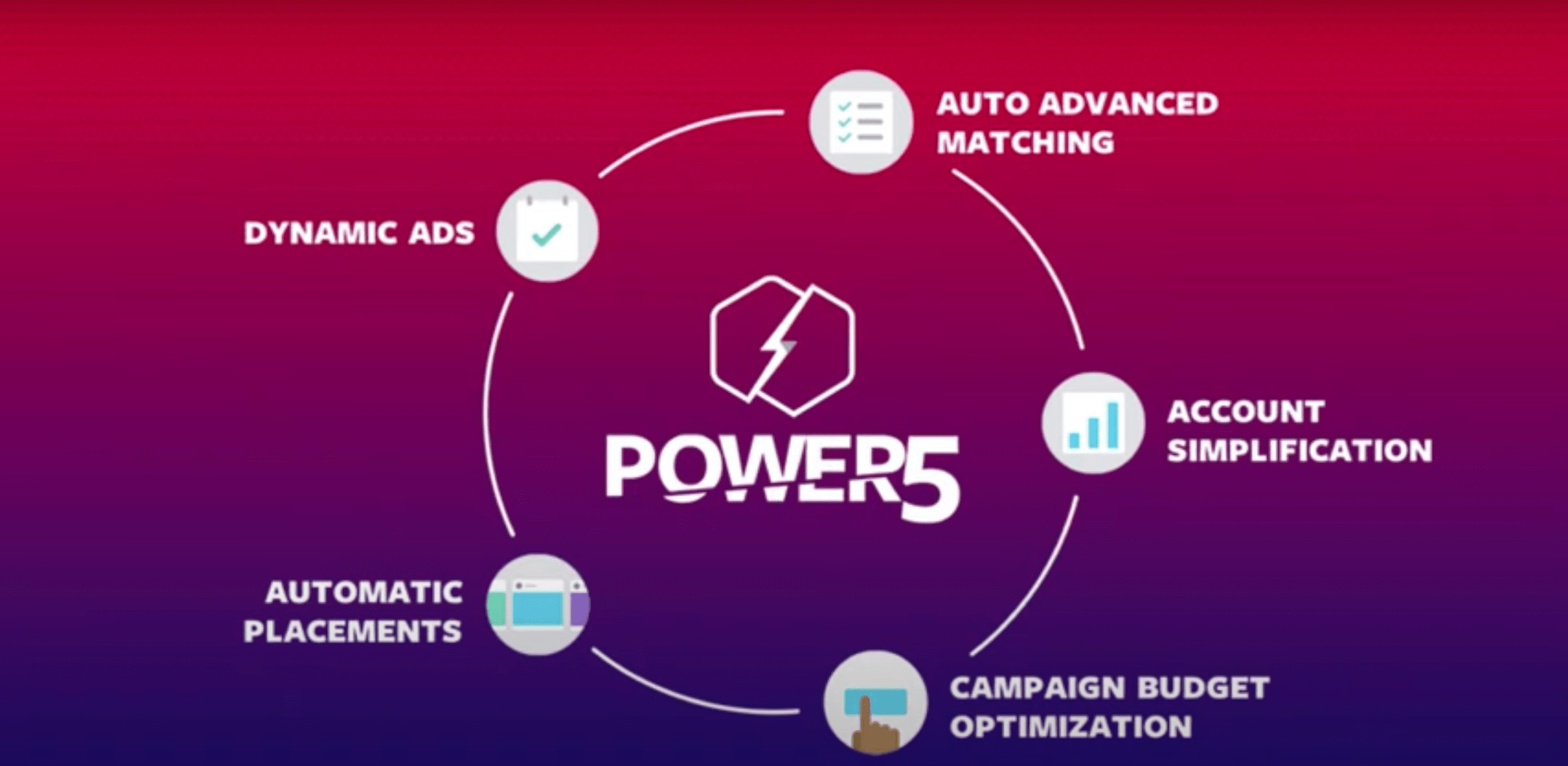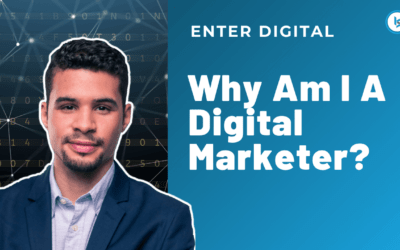I thought I knew the best practices for Facebook advertising, but I was wrong
I’ve been managing Facebook advertising campaigns since 2016 and a lot has changed over the years. One of the biggest challenges when it comes to Facebook advertising is keeping up with all of these changes. Yet, one thing I’ve noticed in the past couple of weeks thanks to my new job is that I have been doing everything wrong this whole time! I’m glad I discovered the faults in my approach thanks to being exposed to marketers who are ten times smarter than I am but, what really startled me (and excites me now) is the fact that the new approach to Facebook advertising that I’ve adopted is easier to manage and produces better results.
The following two discoveries I’ve recently encountered are essential to running successful Facebook advertising campaigns and I want to share these two things with you in the event that you want to consider a new approach to your Facebook campaigns or if you want reassurance that your campaigns are being managed in the right way.
Use the “Power 5”
I discovered the “Power 5” when doing research for my new job at Prospect Bacon, trying to find new ways to approach my client’s ad campaigns. I noticed that almost all of the campaigns that we were running were using a specific set of tactics that I was familiar with but, I never saw used in combination with each other. These five tactics when used consistently help any media buyer scale a campaign over time with the least amount of effort and with easy organization (organization of campaigns tends to be an underlying issue amongst many of my previous clients).
The “Power 5” media buying framework shown below includes 5 tactics that are readily accessible by any business that has an ads account. These tactics don’t require extra spend on your part and can be added to new and existing campaigns today!

The main focus when using the “Power 5” is account simplification. Dynamic ads are used to help you find the best combination of creative assets for each specific user you are targeting in an audience so that you don’t have to organize +10 different ads within an ad set and parse through multiple data sets to get a winning ad. Letting the algorithm do its job and having it choose the best creative assets always provides better results over time than if did it yourself.
Automatic placements is another tactic mentioned in the “Power 5.” This tactic is something that I’ve championed already and I was glad to see that Facebook includes it in its set of best tactics. Instead of assuming that users will only interact with ads within a feed or within Stories, have the algorithm determine the best placement for each specific user. I’ve found that when using automatic placements, a lot of traffic is actually produced from the audience network and from right column ads too!
Campaign budget optimization is something that I am still doing more research on but, like the other tactics mentioned above, it can be turned on at the click of a button. Instead of trying to spend your campaign budget evenly across all audiences within a campaign, CBO decides which is the best possible audience to allocate your budget to after the campaign finishes the “learning phase.” Using CBO assures that you are spending your money on the right people.
Auto advanced matching leverages both your Facebook pixel and customer data you’ve collected to help make your attribution more accurate. This tactic is the least used among the “Power 5” as it is often difficult to find it within your business settings: you can find it specifically within the events manager of your pixel. This tactic is essential for e-commerce businesses specifically, as these types of businesses are usually running multiple campaigns to multiple landing pages at any given time.
Lastly, account simplification is a tactic that isn’t necessarily something that you click on and it automatically turns on but, instead it is a recommended format for managing your campaign structure. The main focus of this tactic is to launch the smallest amount of ad sets within a campaign as possible. You will want to do this because once you launch 3 or more ad sets there is a high chance that there is audience overlap, which always leads to wasted ad spend. Overlapping audiences leads to your ad sets competing with each other in the same auction—which is something you’d like to avoid at all costs.
If you’re unfamiliar with any of the tactics mentioned in the “Power 5” and you’d like more in-depth explanations of each, I recommend watching this keynote speech by Molly Pittman, who I think explains the “Power 5” perfectly. Again, these tactics may change, there may be new ones added, removed, etc. but, the most important thing to remember is the simplification of campaign management is the focus of the “Power 5.” And with simplification as the theme of this blog post, here is another tactic that isn’t mentioned in the “Power 5” that I believe should be included.
Investing in a “seasoned pixel”
The second discovery I made this year was learning the power a seasoned pixel can provide a media buyer. In most cases, a business that does Facebook ads will (and should) be leveraging the Facebook pixel, even if they aren’t doing e-commerce. The Facebook pixel can help with several things: retargeting, campaign attribution, and most importantly—optimizing conversion campaigns for specific desired events. The third part is the one that I want to dive into a little more.
A lot of media buyers and small business owners will launch conversion objective campaigns but, the setup is usually incorrect. You see a conversion event usually isn’t optimized unless users generate 15-25 of those conversions per week. So you want to first start off with website traffic campaigns to help generate those conversions over a long period of time (about 4-5 months) before spending any money on conversion campaigns.
This approach is extremely useful because once you have about 1,000 or more captured conversions from the pixel, you can create conversion campaigns with audiences that are “open” rather than highly specific. These open audiences, which usually have only specific age ranges and location indicated, will be leveraging the information captured by the pixel to target users who are most likely going to do the desired conversion event (that event being “Add To Cart,” “Lead,” “Purchase,” etc.).
Leveraging a seasoned pixel and “Power 5” has significantly increased the performance of my ad campaigns across all of the clients that I am managing and it has also made the process of setting up and managing campaigns more fun (which I think is the main benefit).




